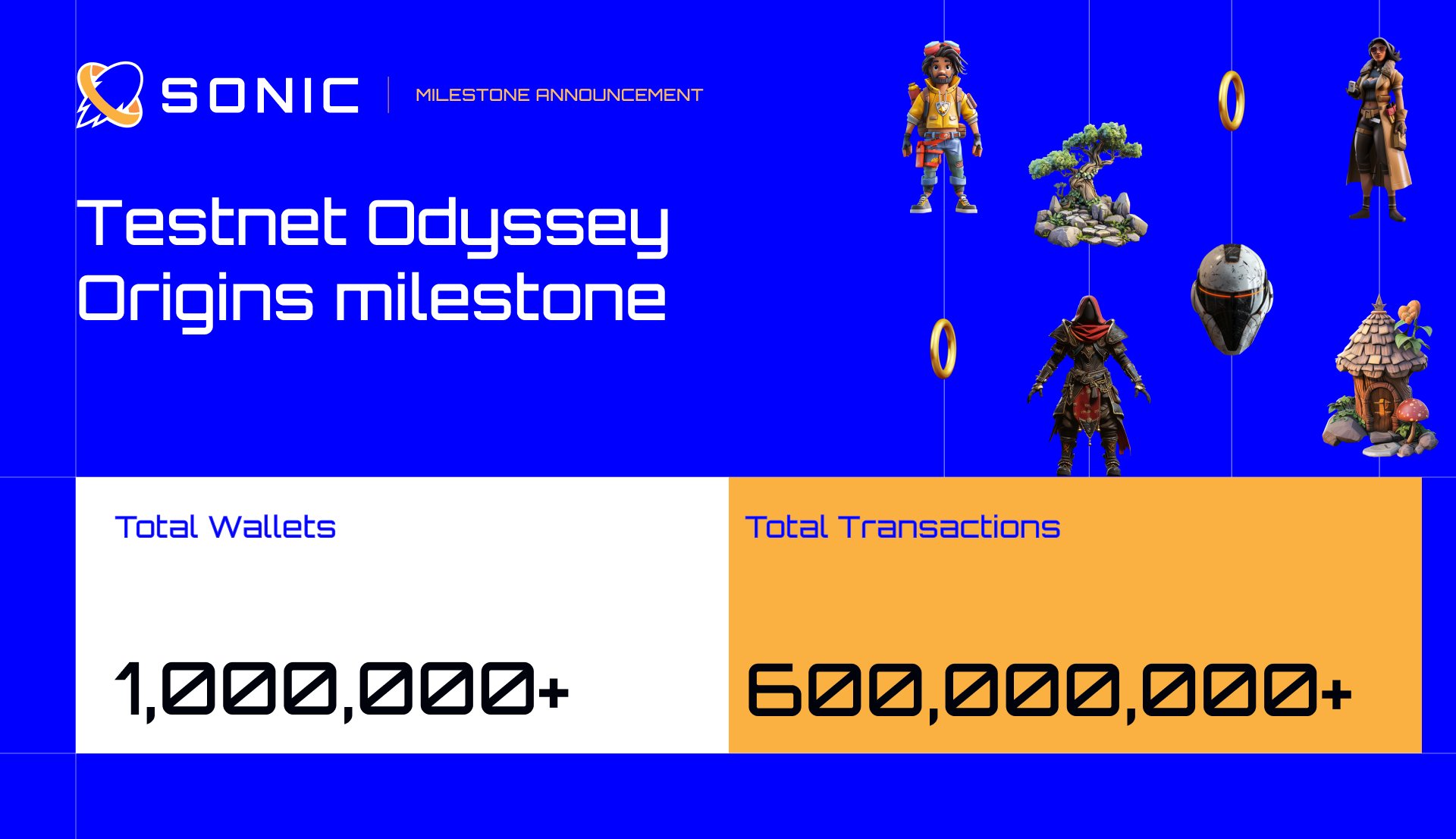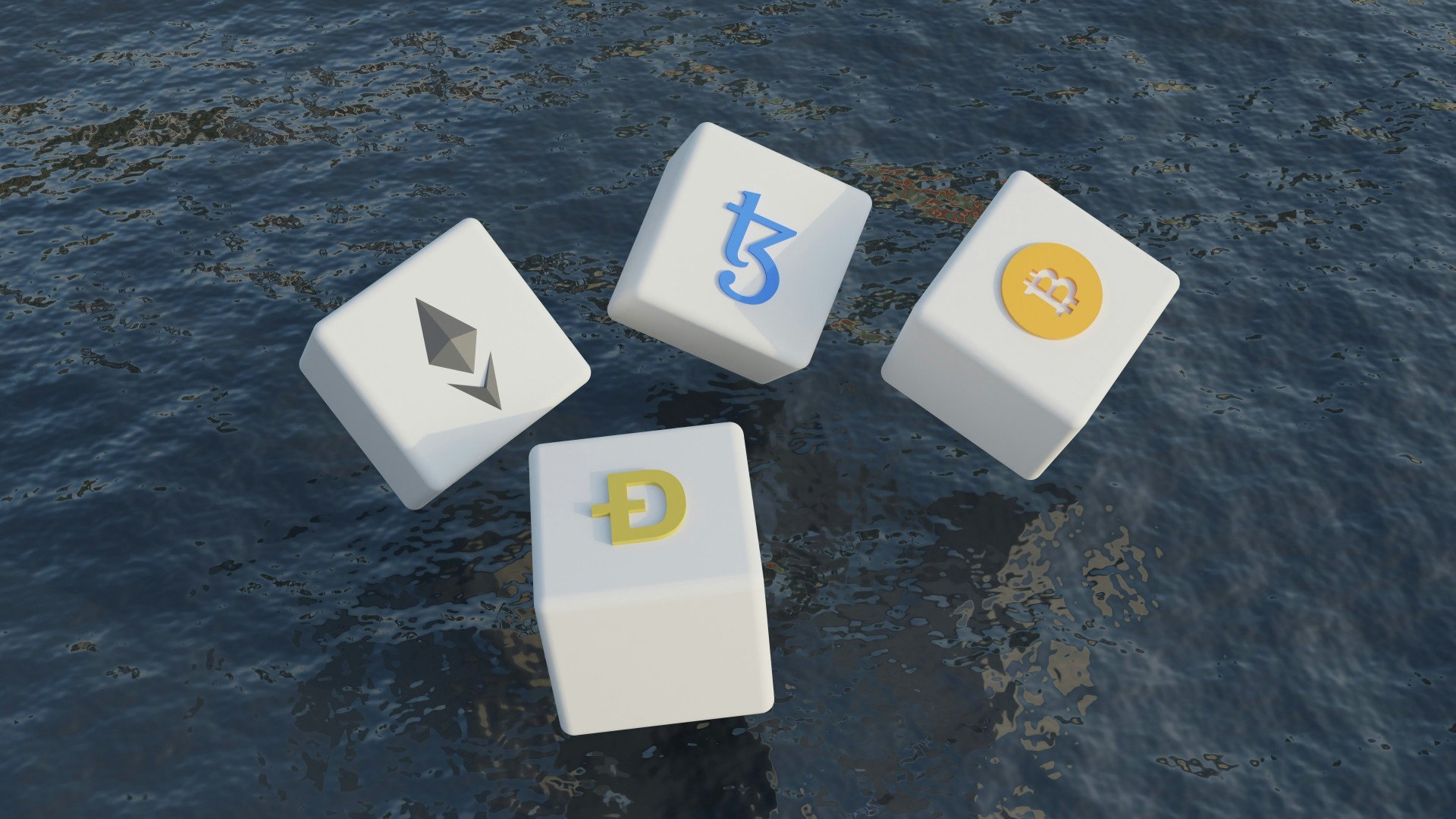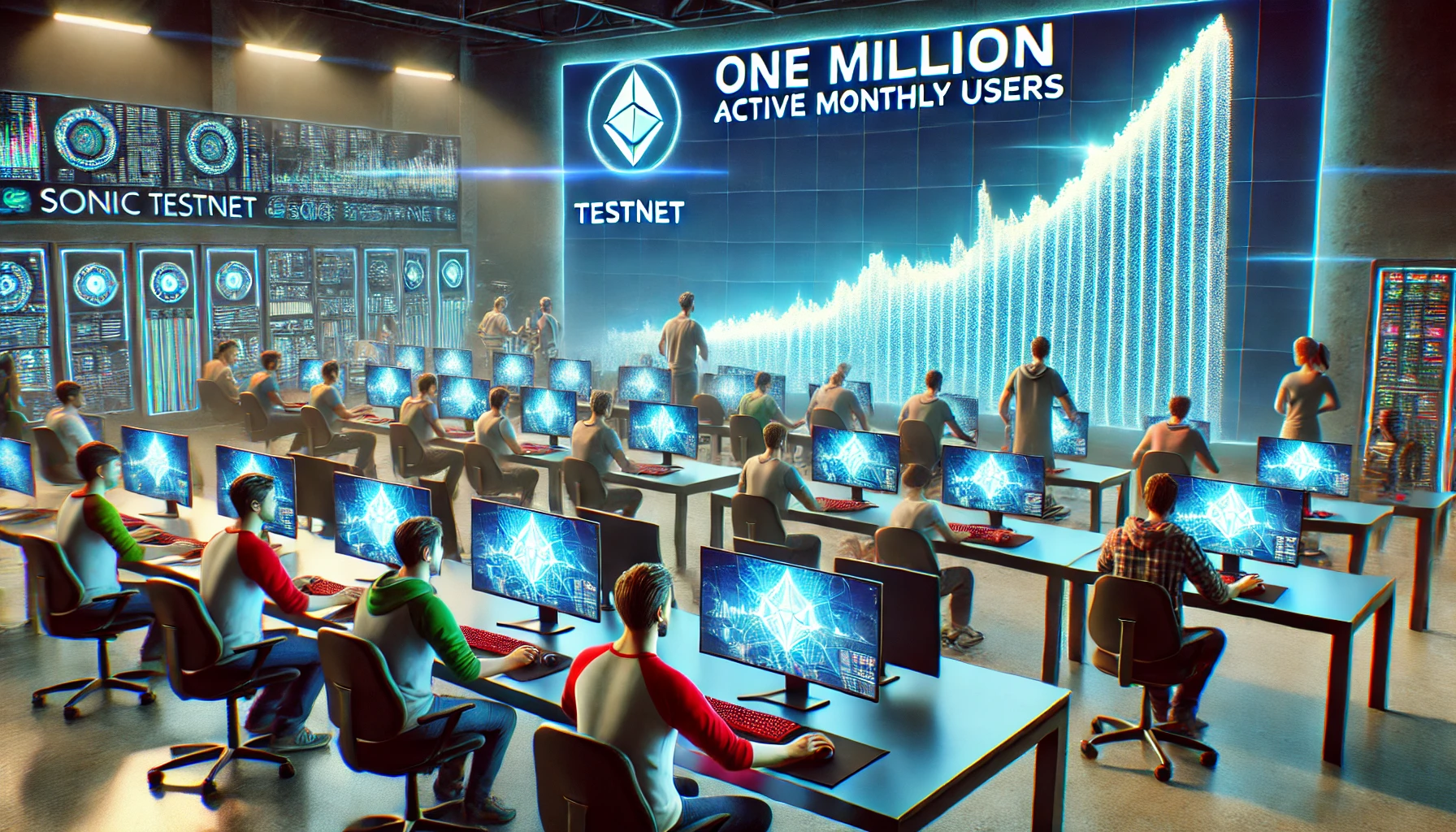Sonic’s testnet hits over a million users, showcasing Web3 gaming’s rise. Explore its success, challenges, and Solana’s key role in blockchain gaming’s future.
It’s not every day that a testnet in the blockchain world garners the attention of over a million users, but Sonic, the first gaming-focused Solana Virtual Machine (SVM) layer 2, has done just that. The platform recently celebrated a significant milestone, surpassing 1 million monthly active users and generating over 600 million transactions during its testnet phase. This achievement is a testament to Sonic’s appeal and also a clear indicator of the growing adoption of Web3 gaming. But what exactly has driven this success, and what does it mean for the future of gaming on the blockchain?
The Odyssey Campaign: A Key Driver
The uprise in the user surge on Sonic’s testnet didn’t happen by accident. It was largely fueled by the Odyssey testnet campaign, a strategic move by Sonic’s team to engage users through rewards. The campaign offered users ‘rings’ for transacting on the testnet and completing specific tasks. This incentive structure was designed to encourage participation and foster a deeper engagement with the platform.

Chris Zhu, CEO of Sonic SVM, explained the strategy in an interview with news reporters, saying, “Users are rewarded ‘rings’ for transacting on the testnet and completing certain tasks. The tasks also include things like completing actions within our ecosystem games.” This approach not only incentivized participation but also helped build a strong and active community around the platform.
Sonic’s testnet featured eight games, including popular titles like Rage Effect, LowLifeForms, and JogoJogo. The latter, a prediction-based game, was particularly successful, receiving over 250,000 registrations. This diverse range of games provided users with a variety of experiences, further contributing to the platform’s popularity.
The Role of Soft Infrastructure
While the technical aspects of a platform are undoubtedly crucial, Sonic’s success highlights the importance of what Chris Zhu refers to as “soft” infrastructure. In the context of Web3 gaming, soft infrastructure includes elements such as go-to-market strategy support, project bootstrapping services, and post-launch marketing tactics.
“We recognize that what makes a game successful is not only determined by its technicalities — the ‘soft’ infrastructure we provide is designed to enhance and raise awareness for not just our individual games, but Web3 gaming on Solana as a whole,” Zhu stated. This emphasis on holistic support for game developers is part of what sets Sonic apart from other platforms and could be a key factor in its continued growth.
Sonic SVM’s ability to secure substantial funding further underscores the platform’s potential. The company recently closed a $12 million Series A funding round led by Bitkraft Ventures, bringing its total capital raised to $16 million. This financial backing will likely enable Sonic to continue developing its platform and expanding its offerings, further solidifying its position in the Web3 gaming space.
Challenges in Web3 Gaming Adoption
Despite the success Sonic has enjoyed, the broader adoption of Web3 gaming remains a challenge. One of the primary obstacles, according to Zhu, is education. The concept of Web3 gaming, with its player-owned economies and play-to-earn models, is fundamentally different from traditional Web2 games. This difference can make it difficult for mainstream gamers to fully grasp the potential benefits of Web3 gaming.

“The biggest issue for mainstream adoption is an inherent difference in the economies created in Web2 games vs. Web3 games. A lot more education needs to be done regarding Web3 games, as well as building interesting and engaging platforms that gamers will enjoy,” Zhu noted. This gap in understanding is one of the hurdles that platforms like Sonic will need to overcome to achieve widespread adoption.
In Summary: Solana’s Rising Role in Web3 Gaming
As Sonic continues to grow, it is becoming clear that Solana is emerging as a leading blockchain for Web3 gaming communities. Zhu highlighted Solana’s strengths, noting that the platform is well-suited to support the demands of Web3 gaming.
Other popular blockchain networks for gaming include Ronin Network, which is home to Axie Infinity, Immutable X, MultiverX, Oasys, and Polygon. However, Solana’s combination of speed, scalability, and a thriving developer community makes it a particularly attractive option for game developers and players alike.
Sonic’s success on the Solana network could pave the way for other gaming platforms to follow suit, further establishing Solana as a hub for Web3 gaming innovation.








